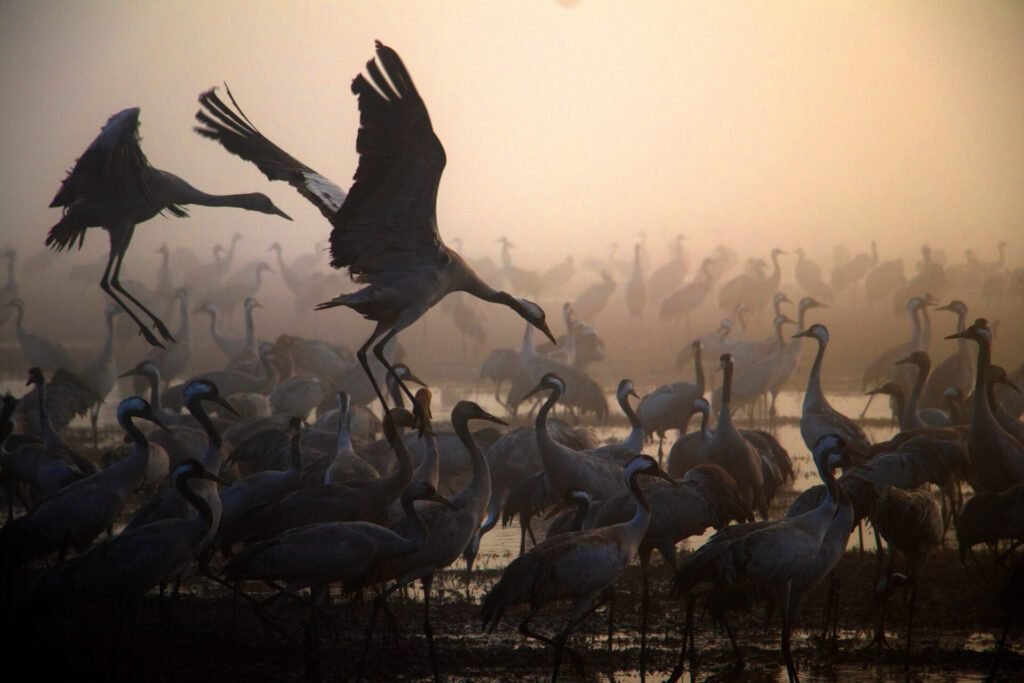HQ Team
May 31, 2024: A dairy farm worker in Michigan, US, has been infected with highly pathogenic avian influenza from sick cows —the third such case in America since March and the second in the same state.
None of the three cases are linked. Similar to the previous two cases in Texas and Michigan the person is a dairy farm worker with exposure to infected cows, making this another instance of probable cow-to-person spread, according to the Centers for Disease Control and Prevention (CDC).
This is the third human case associated with an ongoing multistate A(H5N1) outbreak in US dairy cows.
As many as nine states have been affected, according to the US Agriculture Department. In addition to herds in Michigan, dairy cattle in Colorado, Kansas, Idaho, New Mexico, North Carolina, Ohio, South Dakota and Texas have also tested positive for bird flu.
Acute respiratory illness
The CDC, the national public health agency of the US, stated that the third person reported “more typical symptoms of acute respiratory illness associated with influenza virus infection, including A(H5N1) viruses.”
“CDC continues to closely monitor available data from influenza surveillance systems , particularly in affected states, and there has been no sign of unusual influenza activity in people, including no increase in emergency room visits for influenza and no increase in laboratory detection of human influenza cases.”
The risk to the public who do not have exposure to infected animals remained low, according to the CDC.
“However, this development underscores the importance of recommended precautions in people with exposure to infected or potentially infected animals.”
Prolonged exposure to birds, animals
People with close, prolonged, or unprotected exposures to infected birds or other animals (including livestock), or environments contaminated by infected birds or other infected animals, are at greater risk of infection and should take precautions.
The third dairy worker with exposure to H5N1-infected cows reported upper respiratory tract symptoms including cough without fever and eye discomfort with watery discharge.
“With the first case in Michigan, eye symptoms occurred after a direct splash of infected milk to the eye,” said Dr. Natasha Bagdasarian, chief medical executive of Michigan Department of Health and Human Services.
“With this (third) case, respiratory symptoms occurred after direct exposure to an infected cow. Neither individual was wearing full personal protective equipment. This tells us that direct exposure to infected livestock poses a risk to humans.”
“We have not seen signs of sustained human-to-human transmission, and the current health risk to the general public remains low,” she said.
Antiviral treatment
The patient was given antiviral treatment with oseltamivir, is isolated at home, and their symptoms are receding, according to a statement from Health and Human Services.
Household contacts of the patient have not developed symptoms, and they are being monitored for illness, and have been offered oseltamivir.
No other workers at the same farm have reported symptoms, and all staff are being monitored. There is no indication of person-to-person spread of A(H5N1) viruses at this time.
Specimens were collected from the patient — one of which was positive for influenza A(H5) virus using the CDC test at the state health department laboratory.
The specimens from the patient are being genetically analysed at CDC and the agency “will look for any changes to the virus that could change the agency’s risk assessment.”
The agency has advised people to avoid unprotected exposures to animal poop, bedding (litter), unpasteurized (“raw”) milk, or materials that have been touched by, or close to, birds or other animals with suspected or confirmed A(H5N1) virus.








